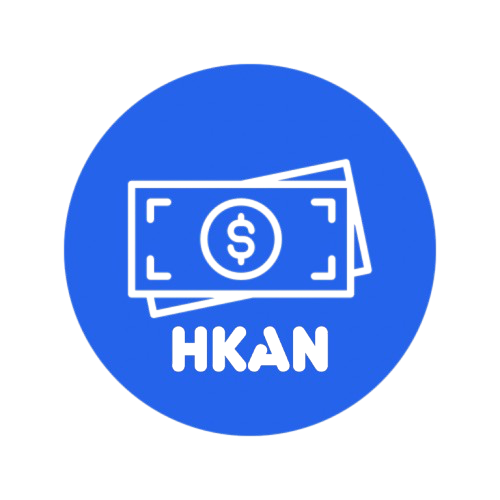U.S. and Vietnam Announce Framework for New Trade Agreement
HKAN | Oct 26
The United States and Vietnam have unveiled a framework for a trade agreement aimed at resetting their economic relationship and forging a more balanced, reciprocal path for trade and investment.
Key Details
-
Under the framework, Vietnam agrees to provide preferential access to U.S. goods — including industrial and agricultural exports — opening its market to American exporters in a meaningful way.
-
The U.S. will maintain a 20 percent tariff rate on most Vietnamese exports, while also identifying a list of products for which tariffs may eventually be reduced to zero.
-
Both countries committed to tackling a range of non-tariff barriers, such as Vietnam aligning to U.S. motor-vehicle safety and emissions standards, expediting approvals for U.S. medical devices and pharmaceuticals, and fully implementing certain intellectual-property treaties.
-
The framework places emphasis on building resilient supply chains, cooperating on duty evasion and export controls, and addressing state-owned-enterprise distortions, all under the umbrella of mutual economic security.
-
Pending negotiations remain: both sides plan to finalise a full agreement in the coming weeks, including drafting the final text, completing domestic procedural steps and preparing for signatures.
Why It Matters
-
Boost for U.S. exporters: The agreement opens up new opportunities for American manufacturers, farmers and service providers to expand in Vietnam’s growing market — an economy that has been a major export destination.
-
Economic recalibration: For years, Vietnam has run a large trade surplus with the U.S.; this framework signals Washington’s push for more balanced trade flows and fairer access.
-
Strategic dimension: Beyond economics, the deal strengthens the bilateral relationship and may help Vietnam diversify its global trade links, especially in a region where supply-chain dynamics are shifting.
-
Risk & oversight: Moving from framework to finished agreement always brings risks: details on which tariffs get reduced, how non-tariff obstacles are addressed, and how enforcement will be handled are critical for real impact.
What’s Next
-
The two governments will engage in detailed talks to convert the framework into a legally binding agreement, including timelines, product-lists, and regulatory commitments.
-
Stakeholders — U.S. exporters, Vietnamese importers, regulatory bodies — will watch how rules on vehicles, medical devices, pharmaceuticals and IP protections are operationalised.
-
Market participants will also monitor whether this sets a precedent for similar frameworks with other countries, and how quickly this deal leads to actual trade-flow changes.
💬 Comments
No comments yet. Be the first!
Please log in to post a comment.
